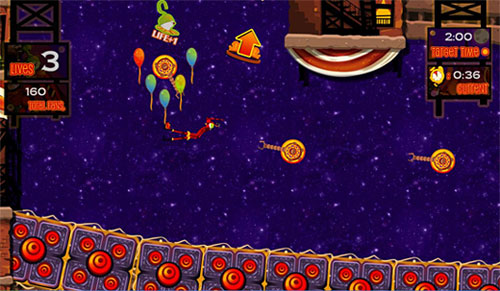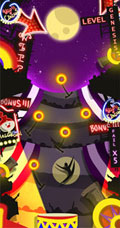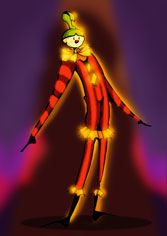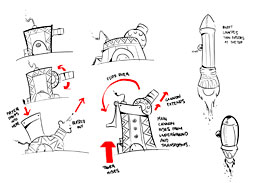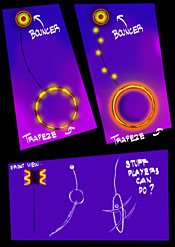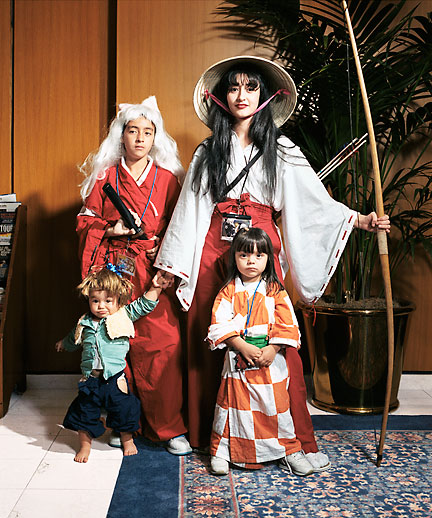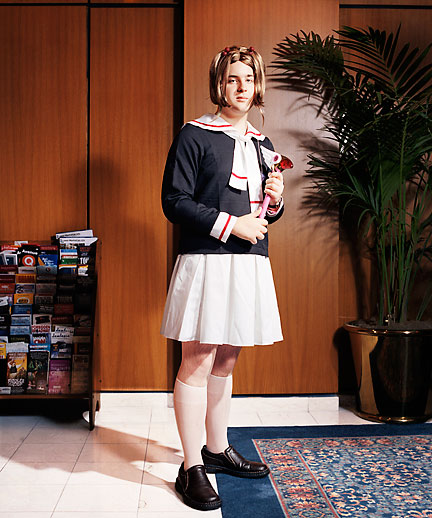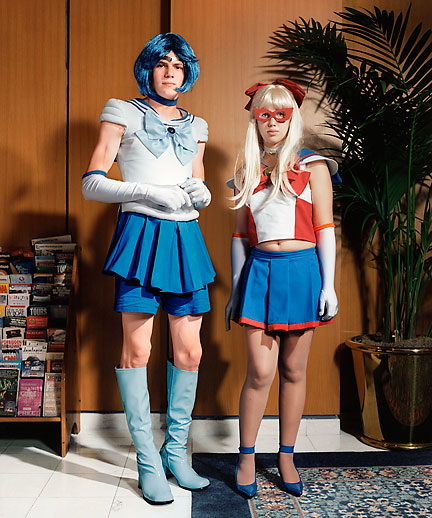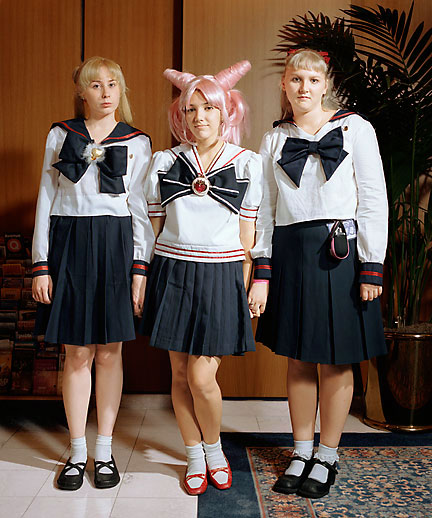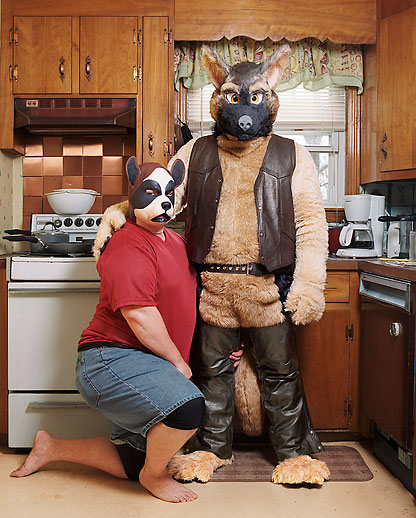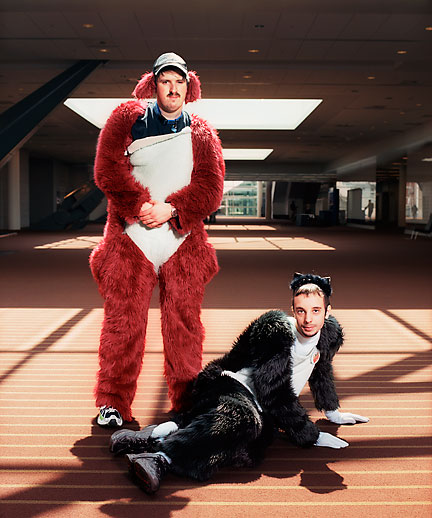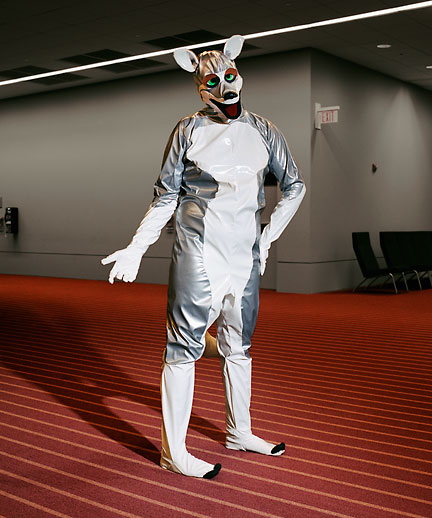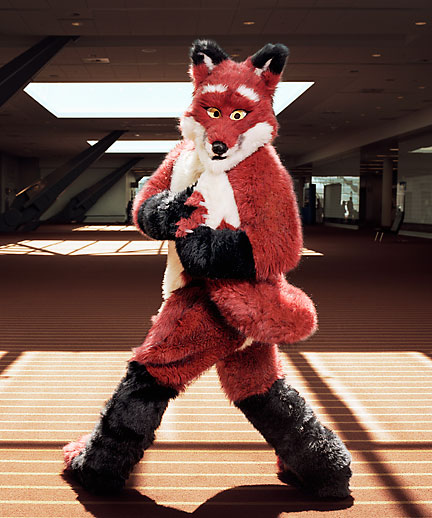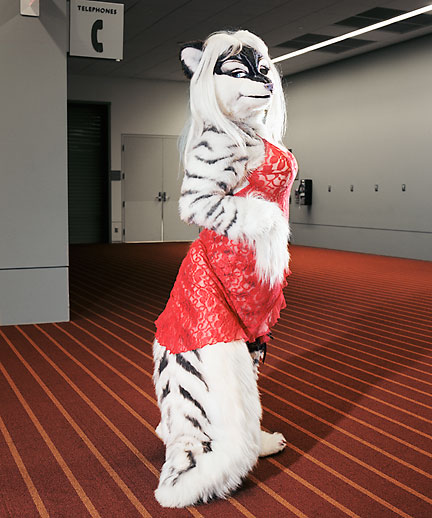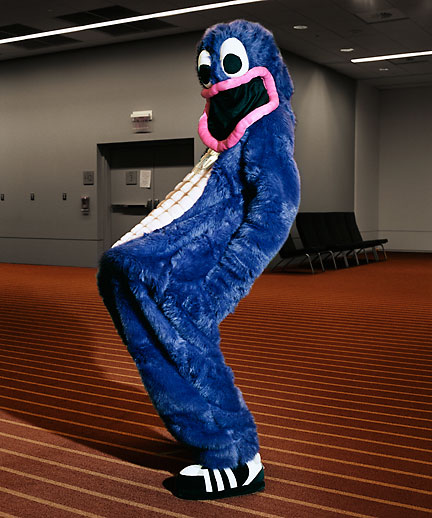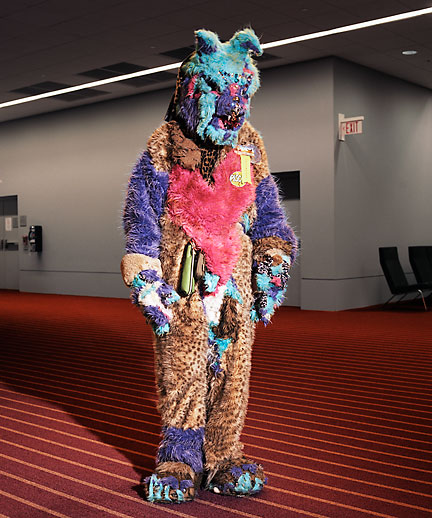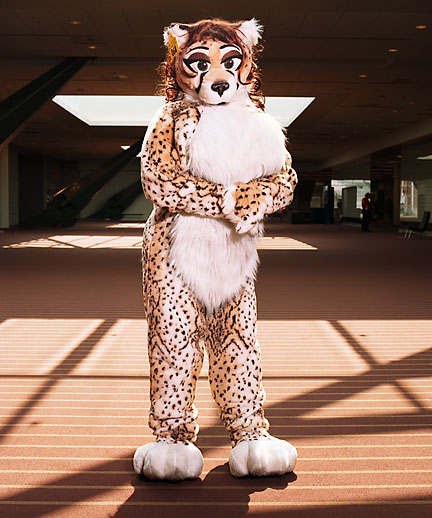Convergence and Disturbance: New Media, Networked Publics, and Pakistan
/The above video is one of a large number posted via Youtube by students in Pakistan to share what was happening in their country during the 2007-2008 political emergency. During a time when the government was tightening its control over traditional media, citizen journalists took on vital functions in fostering public debate, insuring the spread of important information, monitoring elections, and helping the outside world understand what was happening.
Huma Yusuf, a recently graduate Comparative Media Studies student, has shared an important analysis of the role which grassroots media played during the crisis through the Center for Future Civic Media website. While in our program, Yusuf wrote a thesis, "Tactical Cities: Negotiating Violence in Karachi, Pakistan," which she hopes to turn into a book about how everyday citizens in her home city make sense of the everyday experience of political violence. A native of Pakistan and a professional journalist, Yusuf offers a significant third world perspective to our understanding of the impact of new media on the public sphere. There's a wealth of significant information, including links to key blogs and videos, contained in "Old and New Media: Converging During the Pakistan Emergency (March 2007-February 2008)."
Yusuf's analysis was deeply informed by concepts she learned during her time in the Comparative Media Studies Program and her involvement with the Center for Future Civic Media, especially her understanding of the "hybrid" and "converged" media landscape which effected the flow of communications in her home land and her consideration of the ways that mobile technologies might be helping to close the participation gap, offering unique ways of bridging between the discourse of university students and the average man and woman in the street. In the post that follows, I want to flag some of her key findings in hopes that they intrigue you enough to check out the fuller report.
Yusuf offers this summary of the report's key findings:
This research finds that the Pakistani media landscape is multifaceted, comprising a combined--or alternating--use of different mainstream media sources, digital technologies, and new media platforms, depending on availability and security. Moreover, the study finds that the participation gap--the ability to meaningfully use digital technologies and new media--impacts participatory behavior and civic action far more than the digital divide, which is often overcome through the combined use of different technologies. The study also concludes that new media platforms are increasingly effective as tools for community organizing and information dissemination, that authoritarian regimes are quick to adapt digitally networked technologies to their own ends, and that news reporting in Pakistan is gravitating towards a hybrid model whereby old and new media platforms collaborate to keep the public informed.
Over the several month long crisis, the government sought to repress alternative channels of communication almost as fast as they emerged, yet activists and citizen journalists were able to exploit the proliferation of different communications channels to stay one step ahead of censorship:
As an increasing number of Pakistanis turned to YouTube, Flickr, Facebook, and SMS text messages as alternate media portals, the government clamped down on these sources. Between March 2007 and February 2008, cellphone networks were jammed, internet service providers were instructed to block the YouTube website, internet connectivity was limited or shut down, and blogging softwares were banned. Moreover, the authorities came to monitor the public's use of new media platforms: images of anti-government rallies posted to Flickr were used to identify and arrest protesters....
The only antidote to the government's control of digital and new media tools, this paper shows, was the widening of the networked public sphere to include Pakistanis in the diaspora and global media sources. For example, when the government blocked news channels and jammed cellular networks in November 2007, young Pakistanis across the globe continued to plan and organize protest rallies via the social networking site Facebook. Similarly, when university students demanding the restoration of an independent judiciary realized that security officials had prevented journalists from covering their protest, they submitted self-generated video clips and images to CNN's iReport, an online citizen journalism initiative. Indeed, as Pakistan's media landscape became a hybrid model in which professional and amateur journalists generated and disseminated news by whatever means possible, international mainstream media outfits such as CNN, the BBC, and the UK-based Channel 4 increasingly sought out hyperlocal reporting posted to local blogs, YouTube, and Facebook.
As students and other concerned citizens began to recognize the growing centrality of these grassroots modes of communication to public understanding of the crisis, they took on more and more responsibility, insuring detailed documentation, taking their cell phone cameras into the streets to record what was happening and sending it to the outside world as quickly as possible. Often, students inside Pakistan were working in concert with Pakistani students elsewhere to insure the smooth flow of information. Yusuf, for example, cites the efforts of Harvard undergraduate Samad Khurram, who helped mobilize protesters in Pakistan from his Cambridge dorm room by maintaining an important newsletter and mailing list.
In some cases, especially in regard to the assassination of former prime minister Benazir Bhutto, citizen journalists played a key role in undermining official accounts:
Soon after Bhutto's death had been verified, its cause was contested. Eyewitnesses in Rawalpindi reported hearing gunshots before an explosion. Members of Bhutto's entourage and her colleagues in the Pakistan People's Party (PPP) claimed that the leader had been shot. In the immediate wake of the attack, a team of doctors examined her body and stated in a report that she had an open wound on her left temporal region. A day after the assassination, government officials claimed that Bhutto had died when her head hit the lever of the sunroof of her car as she ducked to avoid an assassin's bullets and/or in response to the sound of a blast caused by a suicide bomber. The question of whether Bhutto died of gunshot wounds or a head injury riveted the nation because the truth would have implications on allegations about lax security and government complicity in the assassination.
An important piece of evidence to help settle this debate came in the form of images and an amateur video generated by a PPP supporter at the rally where Bhutto was killed and subsequently circulated by a popular Karachi-based blogger. By making the footage and images available to the mainstream media and public at large, these citizen journalists sparked an accountability movement that eventually forced the Pakistani government to revisit its account of Bhutto's death.
The web also served ritual functions in the aftermath of Bhutto's death, providing a means for the country as a whole to mourn the passing of a popular leader:
New media platforms were also embraced by young Pakistanis looking to express and archive their grief at the news of Bhutto's passing. Hours after her death, YouTube was inundated with tributes to Bhutto that edited together images from her life to the soundtrack of spiritual music or the national anthem. Online memorial websites such as Respectance.com also became spaces for national mourning featuring biographies and images of Bhutto, testimonies from Pakistanis across the diaspora, and memories of interactions with her. Flickr was also used as a memorial site, as users uploaded their favorite images of the former prime minister, tagged them with prayers and appreciative titles, or contextualized them with commentary on her legacy. Other users uploaded images of flowers and gardens as gifts for the departed leader. The popular social networking site Facebook also became a venue for reactions to Bhutto's death and the news of her son Bilawal Bhutto Zardari's appointment as her successor. In the wake of Bhutto's death, over 400 Facebook groups commemorating her or showing solidarity with her politics emerged on the site.
Here, I am reminded of the ways digital media served similar functions for American students in the wake of the Virginia Tech shootings or for that matter, although the web was at a different stage of its development, in the aftermath of 9/11.
When mainstream journalists were blocked from overseeing the elections in Pakistan, citizen journalists took on new responsibilities to monitor the polls and to spread the word about political violence:
According to The Wall Street Journal, the Free and Fair Election Network (FAFEN), an independent coalition of non-governmental organizations, enlisted over 20,000 civilians to observe polling stations and pre-election campaigning in more than 250 election zones. Such recruitment was unprecedented in FAFEN's history. Speaking to The Wall Street Journal, Ahmed Bilal Mehboob, the executive director of the Pakistan Institute of Legislative Development and Transparency, another election monitoring group, said, "Never before has there been such large-scale mobilization for a Pakistani election.... The role civil society is playing has been a real positive."...
Mediated civic engagement was not restricted to activists, citizen journalists, and civilian monitors alone. On election day, average voters used SMS text messages to urge their friends, family, and colleagues to vote. One SMS that was widely circulated on the morning of the elections read: "With the elections, lets all light a flame of hope, that we will not let Pakistan be destroyed by people who are not part of us." Moreover, SMS text messages were used to counter widespread fear that there would be violence and bomb blasts at polling stations.
In the west, we often think of these tools -- Flickr, YouTube, text messaging -- primarily in terms of their place in our social and recreational lives. I've often argued that we are acquiring through our play and through our consumption of popular culture skills and knowledge which we will later deploy towards more serious ends in changing the world around us. I've also suggested that the recent presidential campaign pointed to many different ways that candidates and movements were building a bridge between participatory culture and participatory culture. In Yusuf's report on the Pakistan crisis, a somewhat different pattern emerges:
In Pakistan, however, access to information--rather than the desire to participate--has driven the adoption of new media platforms. When old media distribution channels were compromised, new media was harnessed to fill in the gaps and maintain a flow of news and information. As such, new media in Pakistan has helped old media survive. The result is a media amalgamation in which information is pushed to the public, promiscuously distributed across broadcast media, new media platforms, and various digital technologies to prevent being disrupted or corrupted by the authorities. Thanks to amateurs and activists, students and concerned civilians, a nugget of information can leap from local televised news broadcasts to YouTube to SMS text message to FM radio broadcasts to blog posts to international news reports--whatever it takes to go public.
It would be a mistake to conclude this paper with the impression that digital technologies and new media platforms are the exclusive preserve of educated and privileged activists and citizen journalists, used solely for information dissemination and community organizing. Indeed, some of the best uses of new media and digital technologies address highly localized issues and are emergent, ad hoc, and culturally specific. For example, the residents of Karachi occasionally create an ad hoc, networked public sphere using FM radio broadcasts, cellphones, and landline connections not only to negotiate urban violence, as they did during the Emergency, but also to navigate flash floods during the monsoon, negotiate bad traffic owing to construction, and monitor protest rallies through the city.
This shows how people empowered by creativity and a commitment to aiding their community can use old and new media technologies to make a difference, even on an ad hoc basis. The sheer pervasiveness of new media platforms and digital technologies in Pakistan is leading to a situation whereby not only the digital divide, but also the participation gap, is being narrowed in ways that are unpredictable and unfamiliar, yet highly sustainable because locally relevant.
Yusuf's conclusion suggests that the local conditions in Pakistan, especially in regard to mobile media, resulted in considerable experimentation and innovation -- born as much from desperation as from entrepreneurship -- in how new media tools can be deployed towards civic ends. One reason the Center for Future Civic Media commissioned Yusuf to prepare her report was our recognition that we might have much to learn about the deployment of networked publics in our own society through a better understanding of the techniques which have emerged in Pakistan.

